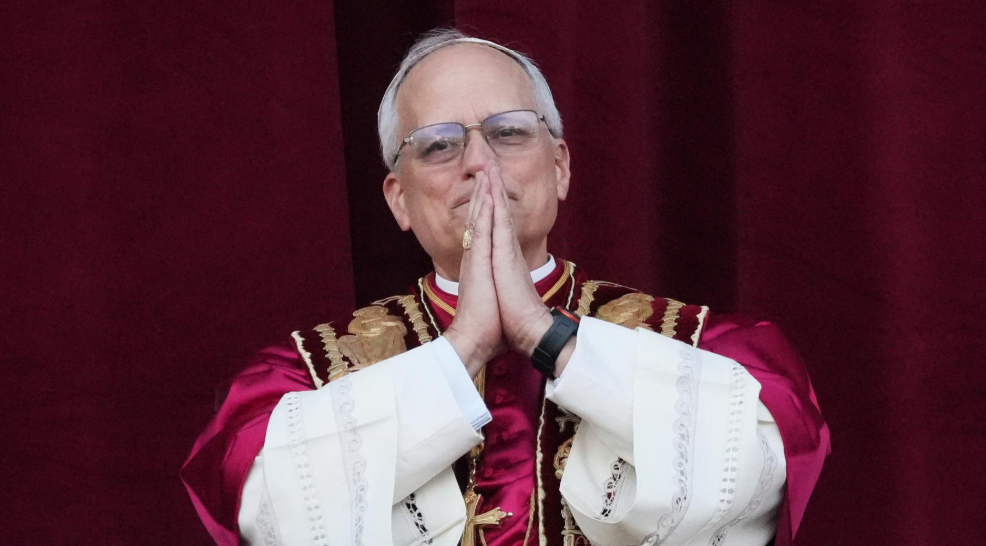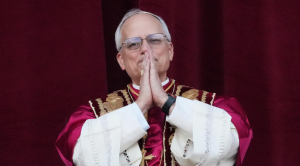As the white smoke cleared above the Vatican skyline this week, signaling the election of a new Pope, a centuries-old mystery began resurfacing—one that entwines faith, fate, and prophecy.
On Tuesday, May 7, Cardinal Robert Prevost of Chicago was elected the next spiritual leader of the Catholic Church, taking the name Pope Leo XIV. At 69, the American-born cardinal is the first Pope from the United States and is widely seen as a moderate voice amid the shifting tides of modern Catholicism.
His election followed the death of Pope Francis on Easter Sunday, April 21, marking the end of a deeply influential papacy. The conclave that followed moved swiftly, lasting just two days, and closed the chapter on a period of speculation that saw numerous prominent cardinals—including Pietro Parolin and Luis Antonio Tagle—touted as potential successors.
Yet while millions welcomed the new pontiff with prayers and celebration, others have turned their gaze to darker possibilities. Ancient prophecies, buried in the pages of Renaissance manuscripts, are once again capturing public imagination.
One of the most discussed is a passage from Michel de Nostredame—better known as Nostradamus—who in 1555 wrote cryptic quatrains that many claim forecast global catastrophes, revolutions, and even papal transitions.
Among them is a line that some believe refers eerily to recent events:
“Through the death of a very old Pontiff / A Roman of good age will be elected / Of him it will be said that he weakens his seat / But long will he sit and in mordant activity.”
Speculation has grown that the “very old Pontiff” could have been Pope Francis, whose passing aligns with the prediction’s first line. But what follows—a leader who “weakens his seat”—has stirred unease among mystics and amateur scholars alike.
Further lines from Nostradamus speak of a “young man of dark skin” transferring power to “one of red colour”—a cryptic stanza that has sparked endless interpretations about symbolic leadership shifts, geopolitical influence, and internal church dynamics.
These aren’t the only prophecies drawing attention. A far older and perhaps even more ominous vision is attributed to Saint Malachy, a 12th-century Irish archbishop. According to Prophecy of the Popes, a manuscript published in the 1590s, Malachy envisioned a precise list of Popes stretching to the very end of time.
The final entry describes a figure known as “Peter the Roman,” who would shepherd the Church through tribulations before divine judgment descends upon the world.
“In the final persecution of the Holy Roman Church there will reign Peter the Roman… the dreadful Judge will judge the people. The End.”
Although Pope Leo XIV does not share the name “Peter,” some enthusiasts point to the symbolic nature of prophecy, arguing that details may be metaphorical rather than literal.
Despite the rising buzz, most scholars remain unconvinced. Historians argue that Nostradamus’ writings are often vague enough to be retrofitted to a wide range of events, and many doubt the authenticity of Malachy’s entire list, which surfaced long after his death and appears suspiciously accurate up to the 16th century—before becoming increasingly abstract.
Even so, the convergence of a papal transition, eerie verses from long-dead prophets, and modern global uncertainty has stirred the public’s fascination with fate, leadership, and what might lie ahead.
Whether these prophecies hold truth or are mere relics of medieval imagination, one thing is certain: Pope Leo XIV begins his papacy under both the weight of history and the watchful eye of the faithful—and the curious.








